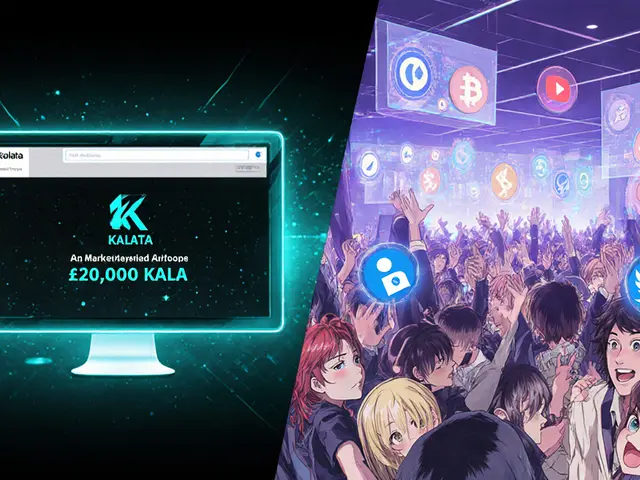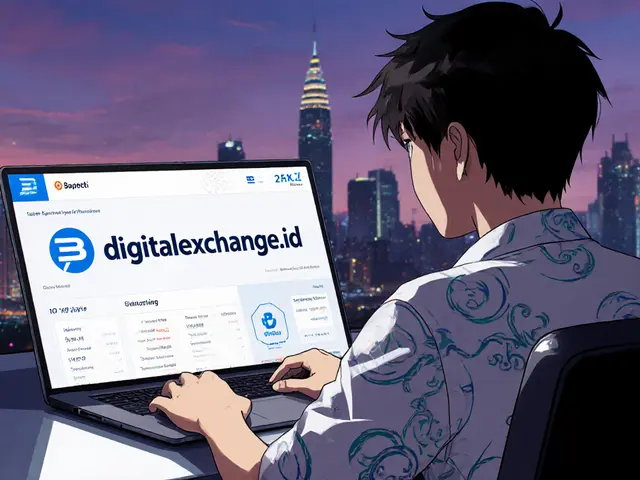Main Blockchain: What It Is, How It Works, and What You Need to Know
When people talk about the main blockchain, the foundational public ledger that records cryptocurrency transactions securely and transparently. It's also known as public blockchain, and it’s what makes Bitcoin, Ethereum, and thousands of other tokens possible without banks or middlemen. This isn’t just tech jargon—it’s the operating system for digital money, smart contracts, and even real estate ownership now.
The main blockchain, the core network that validates and stores transaction data across thousands of computers doesn’t work alone. It relies on blockchain technology, a system where data is grouped into blocks, cryptographically linked, and permanently recorded to keep things tamper-proof. That’s why you see it in tokenization, the process of turning physical assets like property or art into digital tokens on the blockchain—it lets you own a piece of a building without signing piles of paperwork. And it’s not just for big investors. Platforms like Wombat let you play games and earn tokens directly on the main blockchain, while projects like SoccerHub and Midnight airdrop tokens to holders of other coins—all built on top of this same foundation.
But here’s the catch: not every coin that says it’s on the blockchain actually uses the main blockchain properly. Some are just fake tokens with no real network behind them—like BananaRepublic or AiShiba—that exist only on paper. Others, like BITEJIU or btcShark, pretend to be exchanges built on blockchain but are scams designed to steal your crypto. Understanding how the main blockchain actually works helps you spot the difference between real innovation and pure noise.
That’s why the posts below cover everything from how Bitcoin’s public key cryptography secures transactions, to how SEC fines target projects that misrepresent their blockchain use, to how real estate tokenization is changing property markets in 2025. You’ll find deep dives into mining pools, tax rules in China, and why DeFi platforms rely on the main blockchain to function without central control. Whether you’re tracking airdrops, avoiding scams, or trying to understand why your crypto wallet needs a private key—this is all rooted in the same thing: the main blockchain. What you’re about to read isn’t theory. It’s what’s actually happening out there—and how to stay safe while it happens.
Sidechains connect to main blockchains via two-way pegs and bridges, enabling fast, low-cost transactions. Learn how they work, where they're secure, and why they're not safe for large transfers.
Read More





